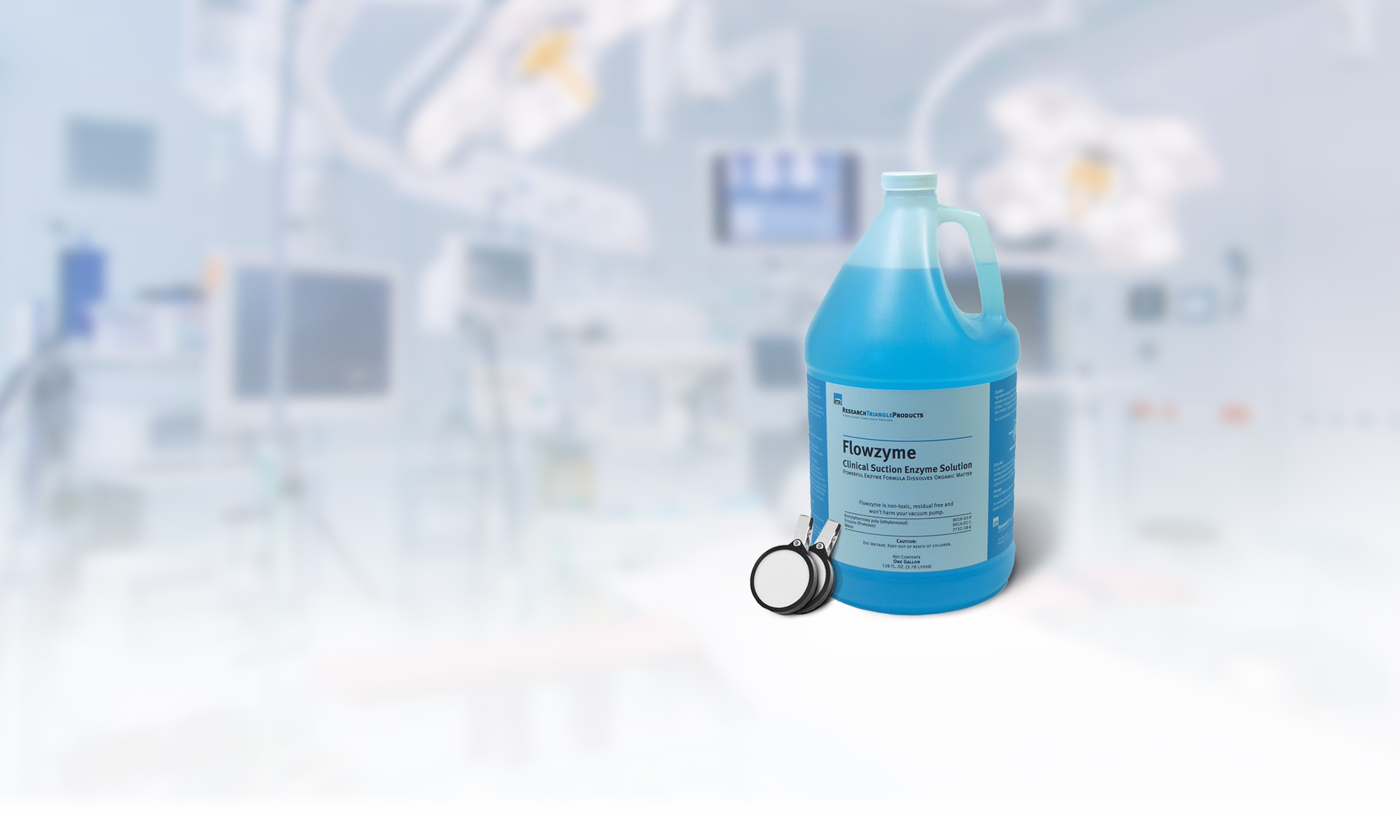Low clinical suction is a consistent frustration for surgery and maintenance personnel.

Clinical suction represents a very important tool in all surgical procedures, as well as, post surgery recovery. Maintaining minimum flow of each vacuum station inlet is a critical part of a prudent preventative maintenance program. Periodic decontamination of your vacuum station inlets and piping is a necessary practice to insure optimum vacuum performance.
“Piping shall be sized such that 3 SCFM (standard cubic feet per minute) can be evacuated through any one station inlet without reducing vacuum pressure below 12 in. Hg at an adjacent station inlet.”
(4-3.4.2.1(c) NFPA 99, 1999)
“Station inlet terminal performances, as required – 4-3.4.2.1(c), shall be tested on a regular preventative maintenance schedule…”
(4-3.5.6.1(c) NFPA 99,1999)
“NOTE: Clogging of regulators, for example, with lint, debris, or dried body fluids reduces vacuum system performance.”
(4-10.2.1.2 NFPA 99, 1990)
“The facility shall establish routine preventative maintenance programs applicable to both the vacuum piping system and to the secondary equipment attached to vacuum station inlets to ensure the continued good performance of the entire vacuum system.”
(4-3.5.6.1 NFPA 99, 1999)
The Induction Procedure

- Locate the 50cc syringe and vinyl tubing and obtain a vacuum system inlet adapter
- Place inlet adaptor on the vacuum system inlet
- Attach the vinyl tubing to the adaptor
- Fill the syringe with Flowzyme
- Attach the filled syringe to the vinyl tubing and allow suction to pull Flowzyme
into the vacuum system - Remove the inlet adaptor as soon as the syringe is empty
- Let Flowzyme sit in the inlet and piping for 10-20 minutes
- Allow vacuum suction to draw for 5 minutes
(It is not necessary to rinse).
For totally blocked inlets
- Apply pressure with an empty syringe to the inlet
- That pressure should alleviate restriction allowing you to proceed with the above procedure
Post Procedure Certification
- As per NFPA 99
- Confirmation of the effectiveness of the procedure
- Recommendations of continued routine maintenance on the system
- All component parts must be cleaned to remove harmful contamination prior to the
introduction of the source gas - Periodic inspections will result in cleanliness and compliance required for the safe
operation of the medical gas equipment - Decontamination procedures for medical gas piping shall provide for the safety of
patients and personnel and shall conform to federal, state and local regulations
Dental Induction Procedure
Use this procedure for initial cleaning or for weak vacuum suction:
- Mix 2 oz of Flowzyme-Dental in 1 gallon of water
- Use 1 gallon of the above solution to flush each system
- Disconnect the high volume evacuation and saliva ejector lines and place open |end in the Flowzyme Dental solution
- Aspirate the solution through the line, 1 gallon each
- Dispose of the residue into the cuspidor
- Repeat as necessary

